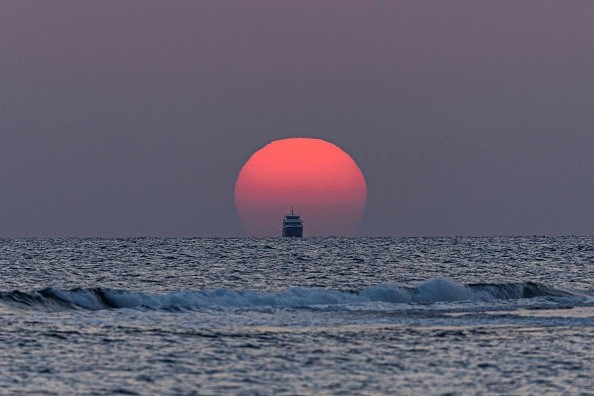Scientists study the deep-sea-mining vehicle impact on oceans because of their rich minerals, including nickel and cobalt.
Based on the new study by the Massachusetts Institute of Technology (MIT), the research sought to answer questions on the impact of deep-sea mining operations on the oceans. Marine scientists sparked curiosity about the topic and exploration of rich minerals.
Deep seas are considered rich in vast quantities of minerals. Attempts to explore deep sea mining operations are still highly contested on whether they can affect the oceans.
According to the research, the ocean's deep has polymetallic nodules containing cobalt and nickel. It is said to have a demand for manufacturing batteries: renewable energy or powering electric vehicles.
The study appeared in Science Advances and was published in ScienceDaily on September 21, 2022.
Ultimately, the measurements unfolded from the study is vehicle creates a plume of sediments on wake, also known as turbidity current.
The vehicle

Scientists worked on a deep-sea-mining vehicle to explore the ocean's deep sea. It is a pre-prototype collector sea vehicle equipped with instruments to navigate the sea and monitor sediment plume disturbances on the seafloor. The sea vehicle was said to explore up to 4,500 meters below the ocean's surface.
The researchers found that the deep-sea vehicle stayed two meters from the sea floor and made a dense sediment plume, considered relatively low.
According to Thomas Peacock, professor of mechanical engineering at MIT and study's co-author, they found a different picture of what plumes look like. He emphasized the significance of modeling efforts of deep-sea mining.
The study revealed that the researchers managed to assess the sediment plume created by the deep-sea vehicle.
Peacock explained that they saw that the deep-sea-mining vehicle could be moving in clear water, capable of seeing nodules on the seabed. However, the vehicle stirred up a heavy amount of sediment.
The study emphasized that sediment disturbance appears in deep-sea-mining operations. As a result, future research or deep-sea mining should check on the impact on the operations.
Moreover, there are also proposals from mining companies to collect minerals in the deep-sea ocean. According to the research, companies suggested deploying and using tractor-sized vehicles. It will vacuum the nodules and sediment, which will be separated inside the vehicle later.
Scientists looked into the sediment cloud in the deep-sea-mining vehicle's wake using two important programmed maneuvers: selfie and drive-by.
- The vehicle drove for 100 meters, letting it collect nodules found on its path.
- In the selfie maneuver, the scientists turned off the suction of the deep-sea vehicle and moved through the cloud of sediment.
- It shows the vehicle's sensors managed to measure the amount of concentration in the selfie maneuver. According to the study, it allowed researchers to check the sediment cloud within minutes.
- On the other hand, the drive-by maneuver offers more time for scientists to monitor the sediment cloud and see the plume evolution.
Based on the article published in ScienceDaily, the study's co-authors are lead author Carlos Muñoz-Royo, Raphael Ouillon, Sou and Souha El Mousadik of MIT, and Matthew Alford of the Scripps Institution of Oceanography.
Related Article: Fascinating Research Shows Octopuses Prefer Certain Arms in Hunting
For more similar stories, don't forget to follow Nature World News.
© 2025 NatureWorldNews.com All rights reserved. Do not reproduce without permission.





